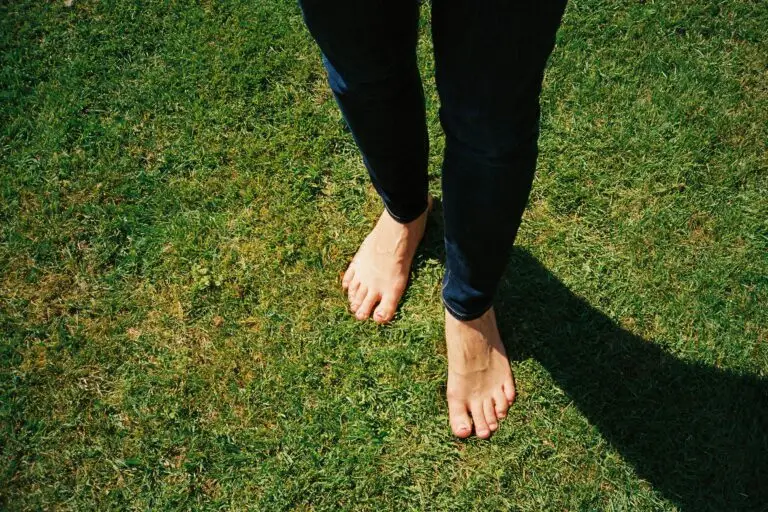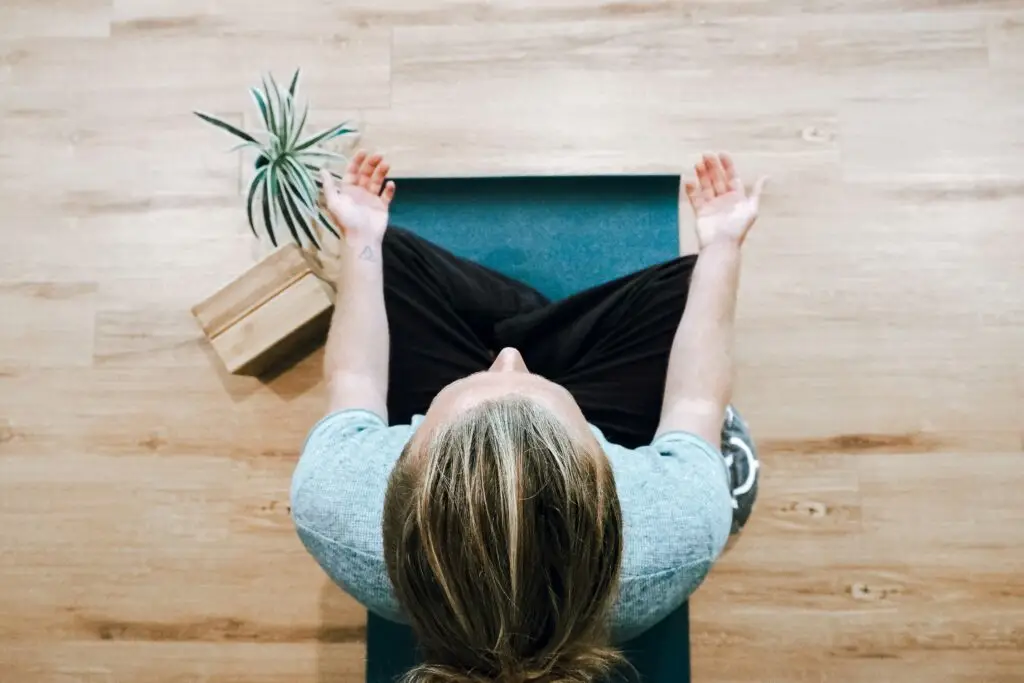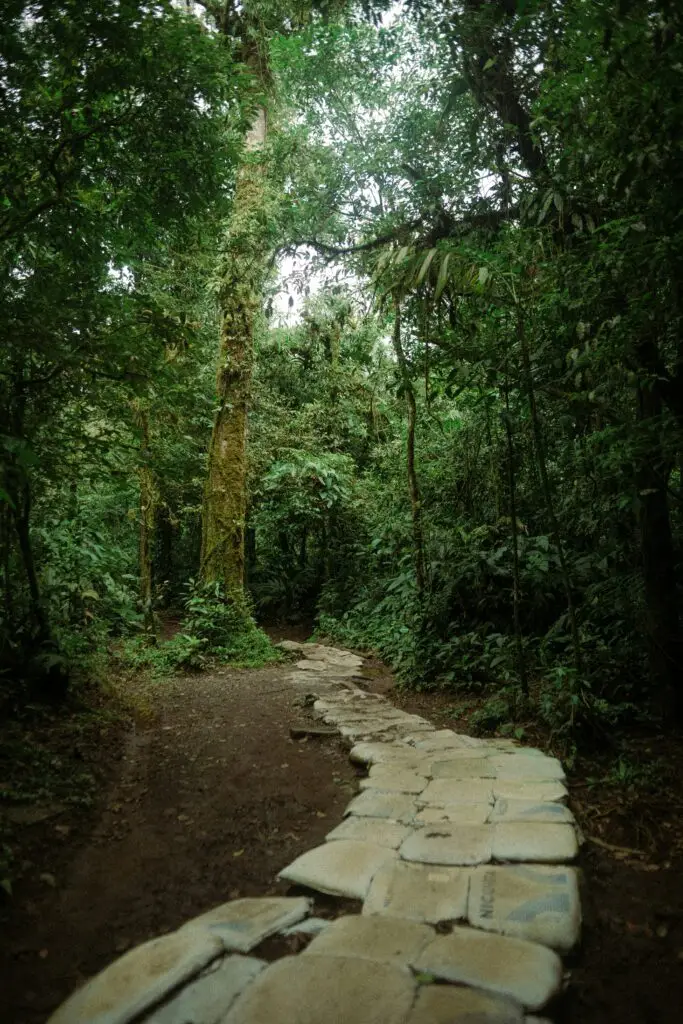What Are Grounding Techniques
There are a variety of grounding techniques that can be easily accessed in your home, at work, or even during your commute to work. We will outline examples of Physical Grounding and Mental Grounding, as well as a variety of techniques.
Do you ever feel like your anxiety takes you to a place where you feel so out of touch or out of control? That feeling of being untethered, or having no anchor to guide you, or just keep you from going out too far. We can easily lose that grounding feeling when we are in a tailspin. Taking a few moments to physically reconnect with the early and world around us can pay dividends in our mental wellness.
Physical Grounding
Most people are more comfortable with physical grounding. It can be as simple as walking around barefoot outside and focusing on how your body interacts with the environment. If you live in an urban area, physical grounding may happen less organically.
Simply touching organic materials can be a grounding experience. A splash of cold water on your face or letting cold water run on your hands can be soothing experiences. Focusing on the way the water feels can alleviate the focus on your anxieties. Holding a rock, whether smooth or textured, can also create a calming mood similarly.
A simple series of stretches or breathwork can make us feel more grounded and relaxed as well. This can continue to trigger your parasympathetic nervous system and quell that “fight or flight” response we have during high-stress moments.


Mental Grounding
If you find yourself feeling anxious and can’t get away to utilize physical grounding techniques, there are also a variety of mental grounding techniques to try. Counting backwards from 100, 20, or 10 can be helpful. The simple act of slowing down and shifting your focus on something else can make a huge impact in less than one minute.
Any sort of rote memorization, the alphabet, a song, or a nursery rhyme can create this effect as well. By going through the motions of repetition, we can focus on this basic thought instead of the anxiety.

Soothing Techniques

Similar to mental grounding, soothing techniques can create calmness by giving yourself something else to focus on. This can be a mantra, a quote, or a word that you have previously identified. Maybe it’s something you say every morning when you wake up, or it’s something that you go to during a high stress situation, or when you’re feeling out of control. Keeping it simple and consistent will help keep you calm and focused.
Visualization is another great method to calm your mind. Have a notebook, or keep it in a list on your cell phone. These methods are successful when you have them at your fingertips as soon as you start to feel the anxiety start to creep up.
5-4-3-2-1 Technique
The 5-4-3-2-1 technique is another great exercise to connect you with the world around you while disconnecting from stressors.
The practice begins with identifying five things that you can see in the room around you (clock, table, picture, stool, and pens), four things you can touch (smooth table, rough denim, spongy eraser, soft cotton shirt), three things you can hear (mowing outside, background music, air conditioner), two things you can smell (coffee and soap), and one thing you can taste (mint from my toothpaste). Even if you can’t answer every question, do your best. Focusing on the moment can give you the clarity you need to tackle that problem or maybe the peace to let it go and move forward.
Grounding Techniques Are for Everyone
These techniques can be used by adults and children alike, in almost any situation. Knowing how to calm yourself in a minute or two can help you feel more present, thoughtful, and organized. Giving yourself the gift of grounding can not only improve your mood, but it can improve the way you experience and interact with the world around you.









